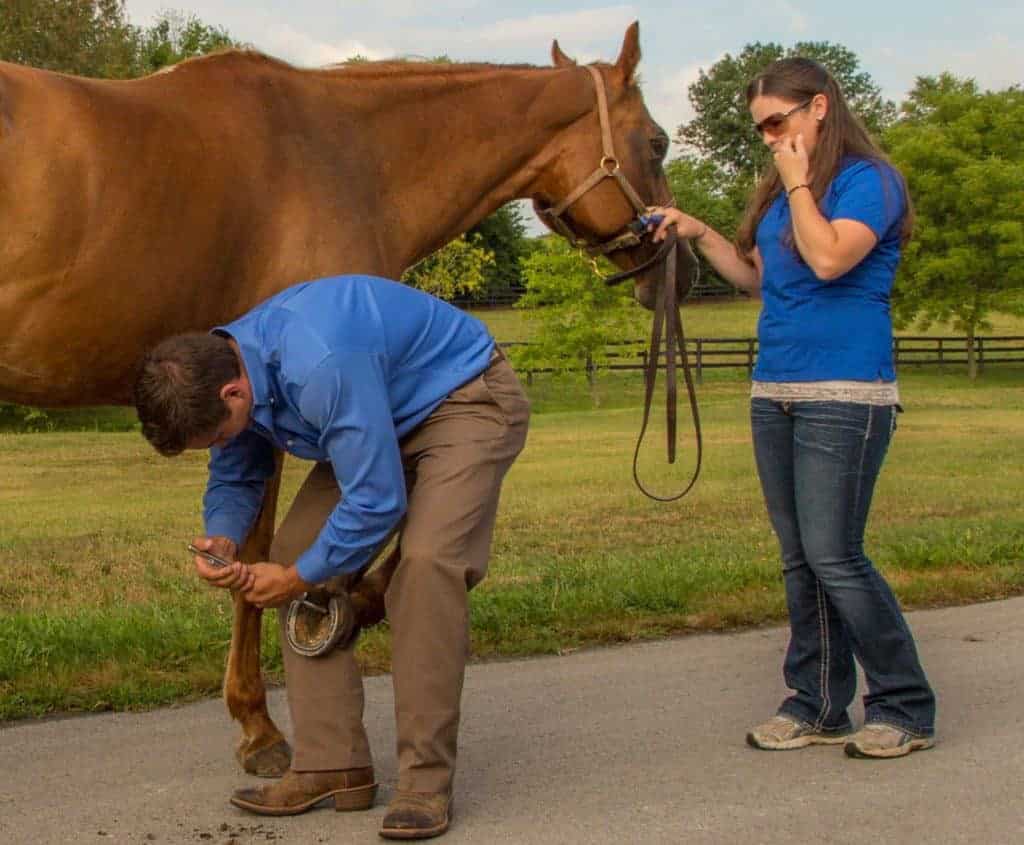
Using a ‘Micro’ Scope to Diagnose Equine Stifle Problems
Learn how vets are using an arthroscope that’s 1.3 mm in diameter and 100 mm in length to evaluate stifle problems.

Learn how vets are using an arthroscope that’s 1.3 mm in diameter and 100 mm in length to evaluate stifle problems.

Your foal’s “official” birthday might be Jan. 1, but consider his actual age when devising a diet, researchers say.

Learn how equine practitioners can assess and pinpoint the source of foot pain using a methodical series of tests.

Studies covered stem cells, nerve blocks, respiratory issues, joint supplements, kissing spines treatments, and more.
The additional protocols come in the wake of a recent rash of catastrophic breakdowns at Aqueduct Racetrack.

The standing MRI is the first installed at a Thoroughbred racetrack or training center in North America, officials say.

Researchers are looking for ways to help aging equine athletes through so-called “satellite cells.”

Researchers believe improved training and breeding could lead to reduced wastage and more “viable” horses.

The base is one of the most important part of an arena but is often overlooked during construction.

Here are five ways to help your horse stay healthy and happy through the new year.

Learn about the cardiac abnormality one veterinarian identified during a prepurchase exam and if it was a deal breaker.

John and Leslie Malone committed $42.5 million to develop regenerative medical therapies for animals and people.

Despite all that is known, important questions still remain about wobbler syndrome.

Radiographs (X rays) and low-field MRI appear to be useful tools for diagnosing early-stage arthritis.

More than 56% of injuries occurred in the right forelimb, the opposite of what’s most commonly seen in Thoroughbreds.

Researchers examined, discussed, and debated the latest research on saddle-related welfare and performance issues.
Stay on top of the most recent Horse Health news with
"*" indicates required fields